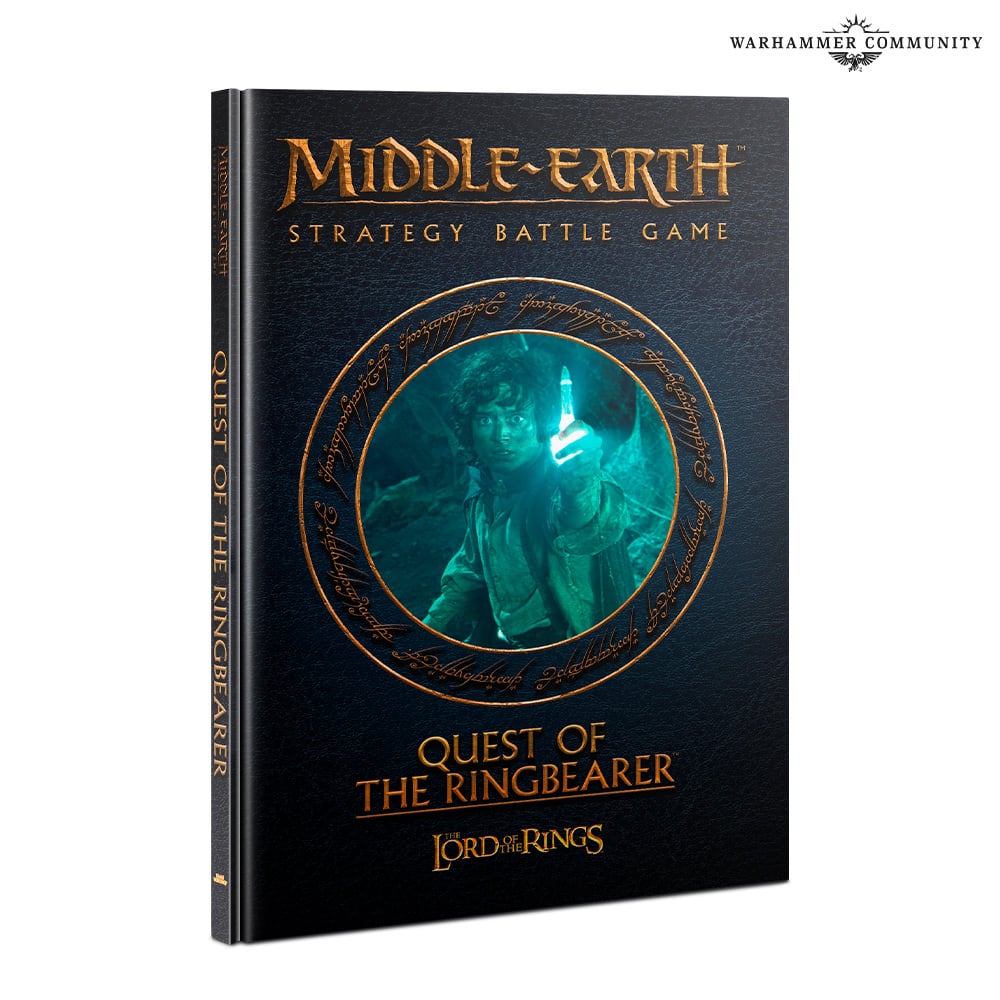Good morning gamers,
Well, we're closing out the year with the specialized heroic action you've been waiting for: Heroic Strike! Ah, Heroic Strike - the specialized heroic action that seemed so stupidly powerful when my mates and I looked at the Hobbit SBG rules that we said, "No thanks - we'll stick with the Legions rules and the big blue rulebook." In the new edition, Strike isn't available to all heroes and so becomes an interesting part of list building theory and meta-gaming. But how useful is it anyway? For more on this topic, you should check out Rythbryt's series on Heroic Strike, where he delved into how useful this heroic action really is (and covers a lot of other things too - things that can make your Heroic Strikes more powerful AND things that can make countering Heroic Strike easier without having to call a Strike in return).
What Does the Heroic Action Do?
Heroic Strike, like Heroic Defense and Heroic Strength, is pretty straight-forward: the hero who calls Heroic Strike in the Fight phase increases his Fight Value by D6. Like all heroic actions, Heroic Strike is called at the start of the Fight phase, but your increase in Fight Value isn't determined until the fight involving that hero is selected to be resolved. This is important because if a F3 Meriadoc, Captain of the Shire calls a Heroic Strike against someone like the Witch-King of Angmar, the Witch-King will need to decide whether to counter-call a Heroic Strike BEFORE knowing if Merry got a 1-2 and retained a lower/tying Fight Value to the Witch-King's original Fight Value of 5. Counter-calling a Strike might be the "safe" way to go, but it would also mean foregoing a Heroic Combat (something the Witch-King is likely to succeed in pulling off if he's on the charge with the Crown of Morgul - and certainly possible if he's riding a Fell Beast).
This increase in Fight Value is also determined before the players choose whether or not they are using any special strikes - so a model armed with a sword or dagger (most models with Heroic Strike have these kinds of weapons) can Strike up to a high Fight Value and then choose to Feint to lower their Fight Value if they're fighting warriors (or low-Fight heroes) in order to not only get a higher Fight Value, but also reroll 1s on their To Wound rolls. Neat, huh?






















